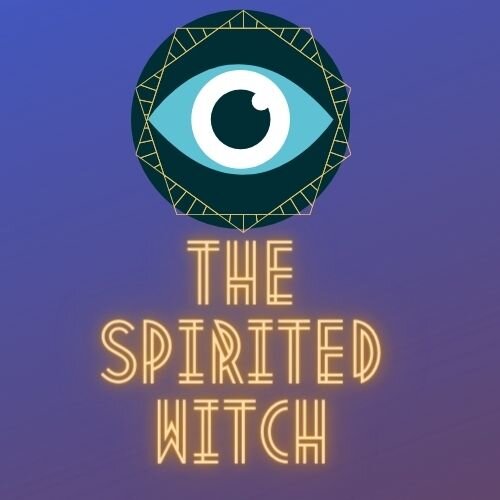Excerpt From
Divorcing a Real Witch: for Pagans and the People that Used to Love Them
Marriage: a Short History
The history of marriage is the history of how religions merged with governments to control societies. Established initially to identify whose offspring was whose, it became political tool in upper economic classes and business arrangement in lower classes, especially in feudal Europe17. ”Wife” meant female employee and house worker; sex that led to childbearing was included as part of a marriage contract. Marriage has changed as women attained human rights18 and became full partners in marriage.
As the partnership model evolved through church intervention, political changes and women’s suffrage, the expectation that husband and wife (or any combination of partners) share love evolved as well. The romantic ideology in marriage did not appear until the nineteenth century. This ideal is still mainly a Western conceit. In eastern cultures marriage forms on assessments of compatibility by a couple’s parents – no romance is expected19.
In Wicca, love is a unique spiritual lesson: noun and verb, force and presence. Love outranks formal sanction, and if a couple commits, that commitment counts for more than the opinion of any non-divine entity, be it parents or the law.
There are two things required for these commitments: full presence of love and the ability to consent. If a person is legally or morally unable to consent, then Wiccans do not consider the marriage valid. When a marriage ends, it is not a social downfall. It is the socially responsible choice.

